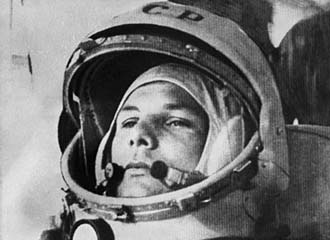 Sleeper trains could be a very good way of travel, but somehow it annoys me that a 600 km trip should take 12 hours, and the the lack of any ventilation combined with a heater on full blast makes sleeping nearly impossible.
Sleeper trains could be a very good way of travel, but somehow it annoys me that a 600 km trip should take 12 hours, and the the lack of any ventilation combined with a heater on full blast makes sleeping nearly impossible.
It does save a night in a hostel and you arrive early in the morning so that the whole day is available for exploring.
At about the same time I checked in to Kiev Backpackers, Ian also checked in. This friendly aussie was traveling eastern europe while his wife was teaching in Ghana, we had breakfast together at the restaurant downstairs and decided to explore Kiev together.
Starting from the hostel, we walked along the main roads to the center of town, about a 45 minute walk. The frenzy of a city with 2.5 million inhabitants is quite a shock after relatively quit Lviv. The center of Kiev has all the feel of a large Sowjet city, complete with larger then live Lenin statue…
Kiev is situated on the steep banks of the Dnipro river, giving plenty of points were you overlook the city. An improbable amount of golden domed church towers is hard to overlook, while the left bank is covered in flats for as far as the eye can see. We visited the most well known of the churches, the Sofia church and were impressed by the 11th century fresco’s and iron flooring.
Having walked across most of the “old” center, mainly the single winding cobble stone road that survived the war in Kiev, we had gotten pretty cold and as it started to snow we went to the Chernobyl museum.
This could have been very impressive had the exposition been translated into English. As it is, the only english words there are “please close the door”.
Very welcoming indeed. The photos and countless memorabilia were impressive even with russian / cyrillic explanations and at least we were warm.
The photos and countless memorabilia were impressive even with russian / cyrillic explanations and at least we were warm.

Thursday we visited the mummies of dead monks. Seriously. Apparently these mummies, placed in two caves, are very important and they attract pilgrims from all over the Ukraine. It is kind of disturbing to see people really get into it and snog the coffin of a mummy.
The immense complex of churches built on to of these caves reminded me of the “Efteling” in the Netherlands somehow.
A 10 minute walk south of this monastry complex is were a 60 meter high titanium statue of Mother Russia guards the city and the “Museum of the Great Patriottic War” at her feet.
Again, no explanations in English in this museum, but a intercontinental ballistic missile launcher and similar exhibits don’t really need much explanation. Come to think of it, I would like to know what their role in WOII was…
Also memorable are the statue groups besides the road leading to the museum. With patriotic music in the background this must have been very impressive to the brave sowjet people who visited this place.
It would have been interesting to be able to read what the Russian take on their role in WO2 was, I cannot imagine they will discuss things such as what happend in Katyn in Poland.
The metro system in Kiev was build during the 60’s in the most ornate Sovjet style one can imagine. CCCP logos, the best Lenin quotes and celebrations of the cummunist system abound. Many of the stations are so deep under the ground (we estimate 80 meters deep) that the 2 escalator rides take 2 minutes each.
The fotos from Kiev are online
So far for Kiew, I’m boarding the night train to Odesa!


 I really like Lviv a lot. Maybe because of the great sights, but the hostel definitely helps as well. You know, most hostels tend to be friendly places but
I really like Lviv a lot. Maybe because of the great sights, but the hostel definitely helps as well. You know, most hostels tend to be friendly places but